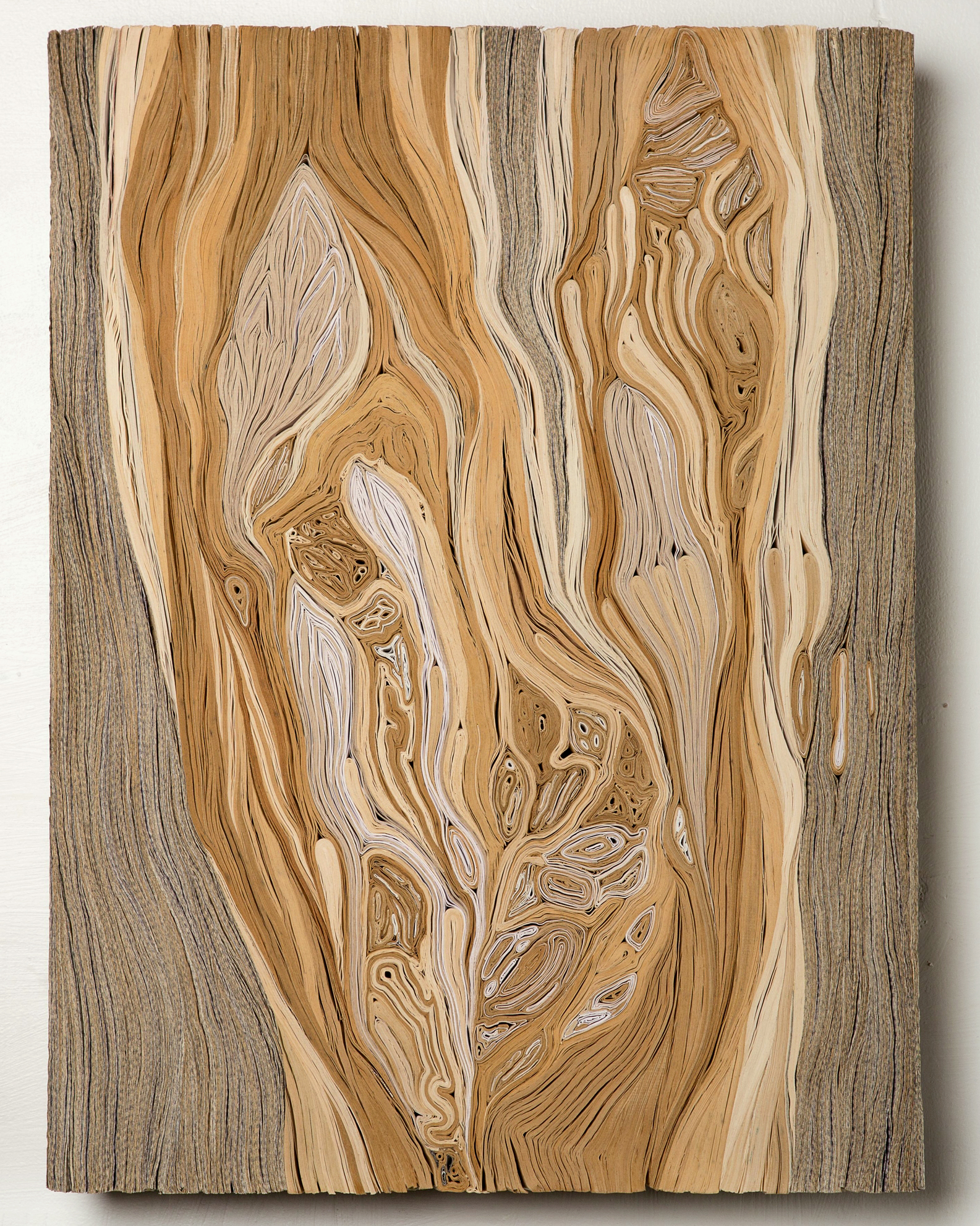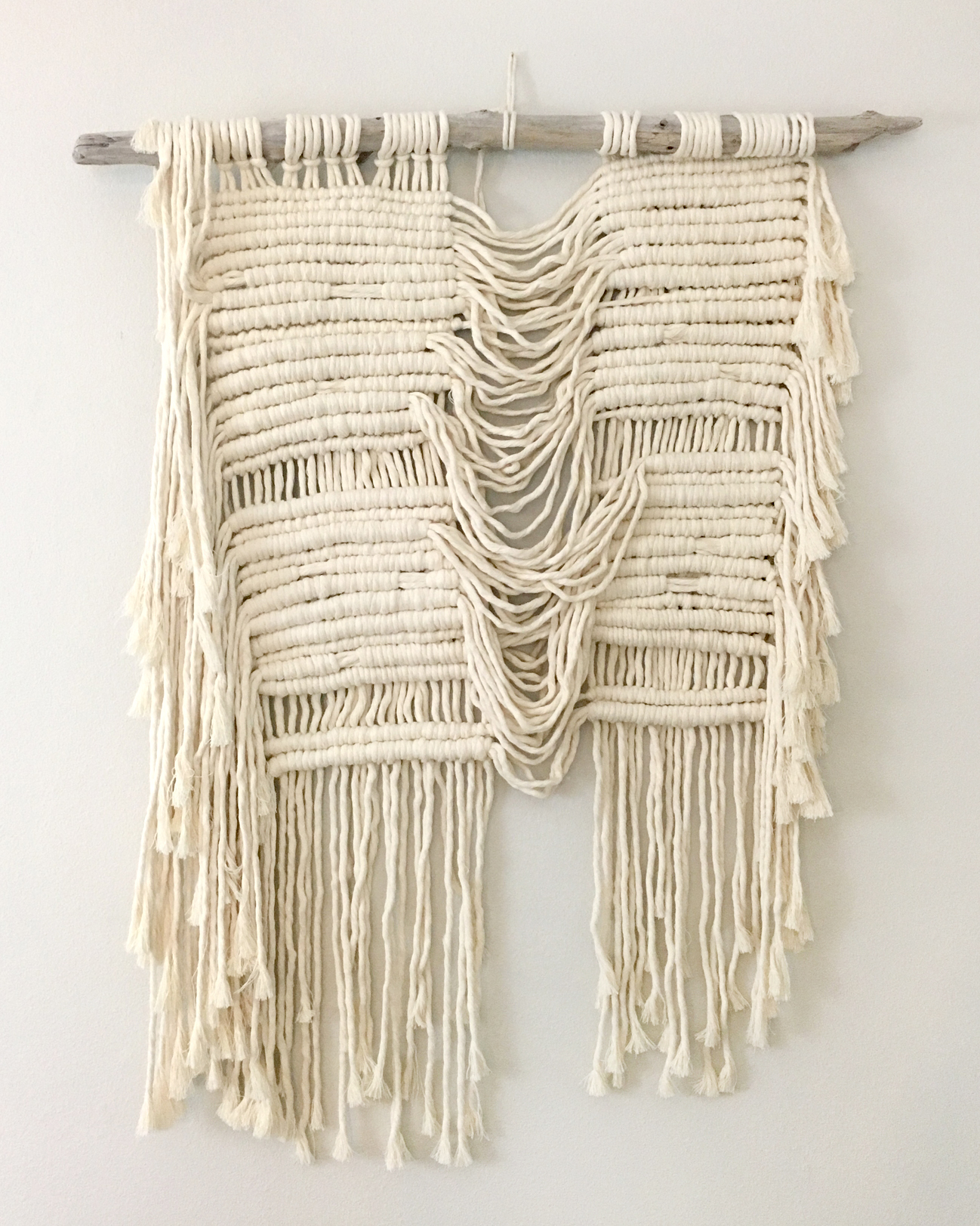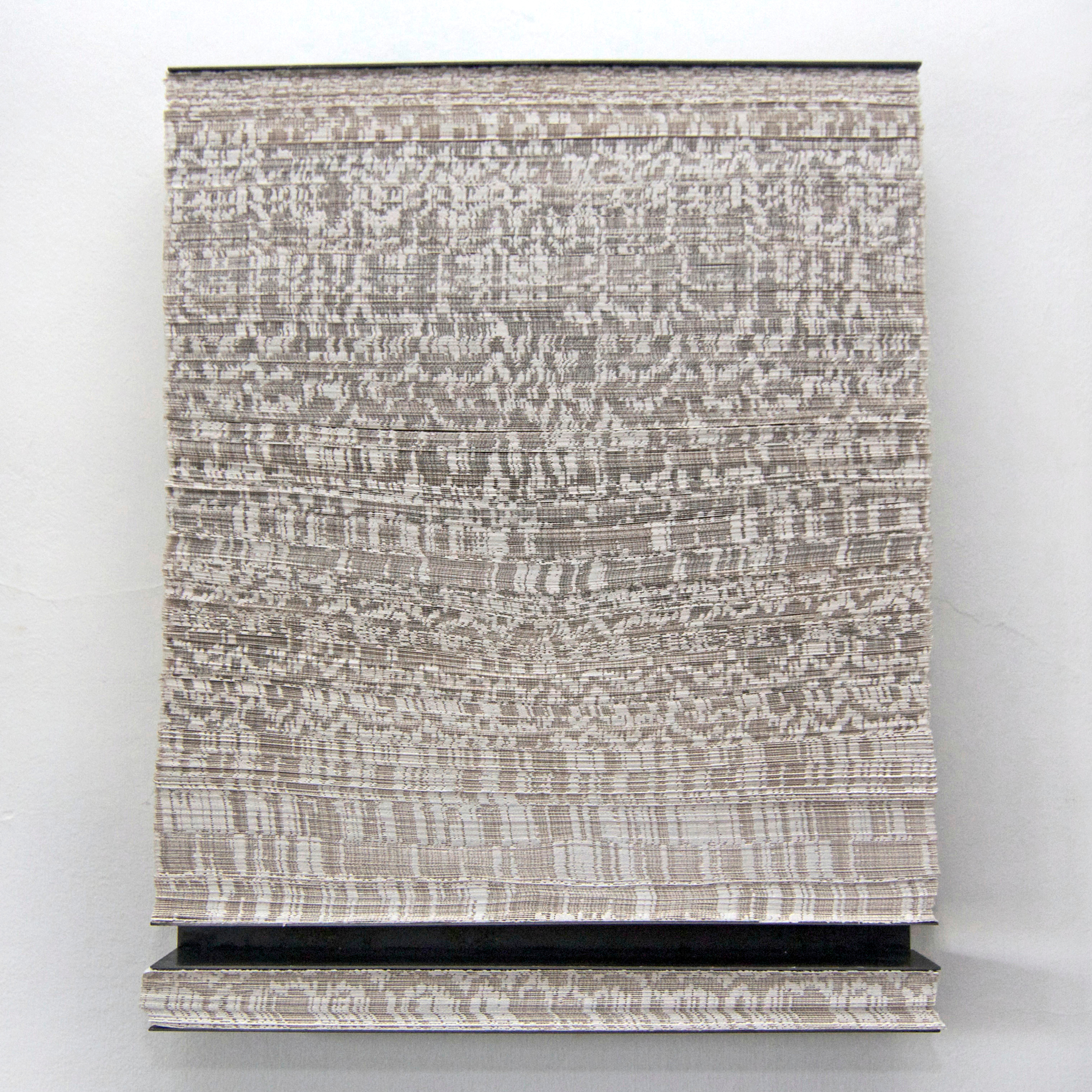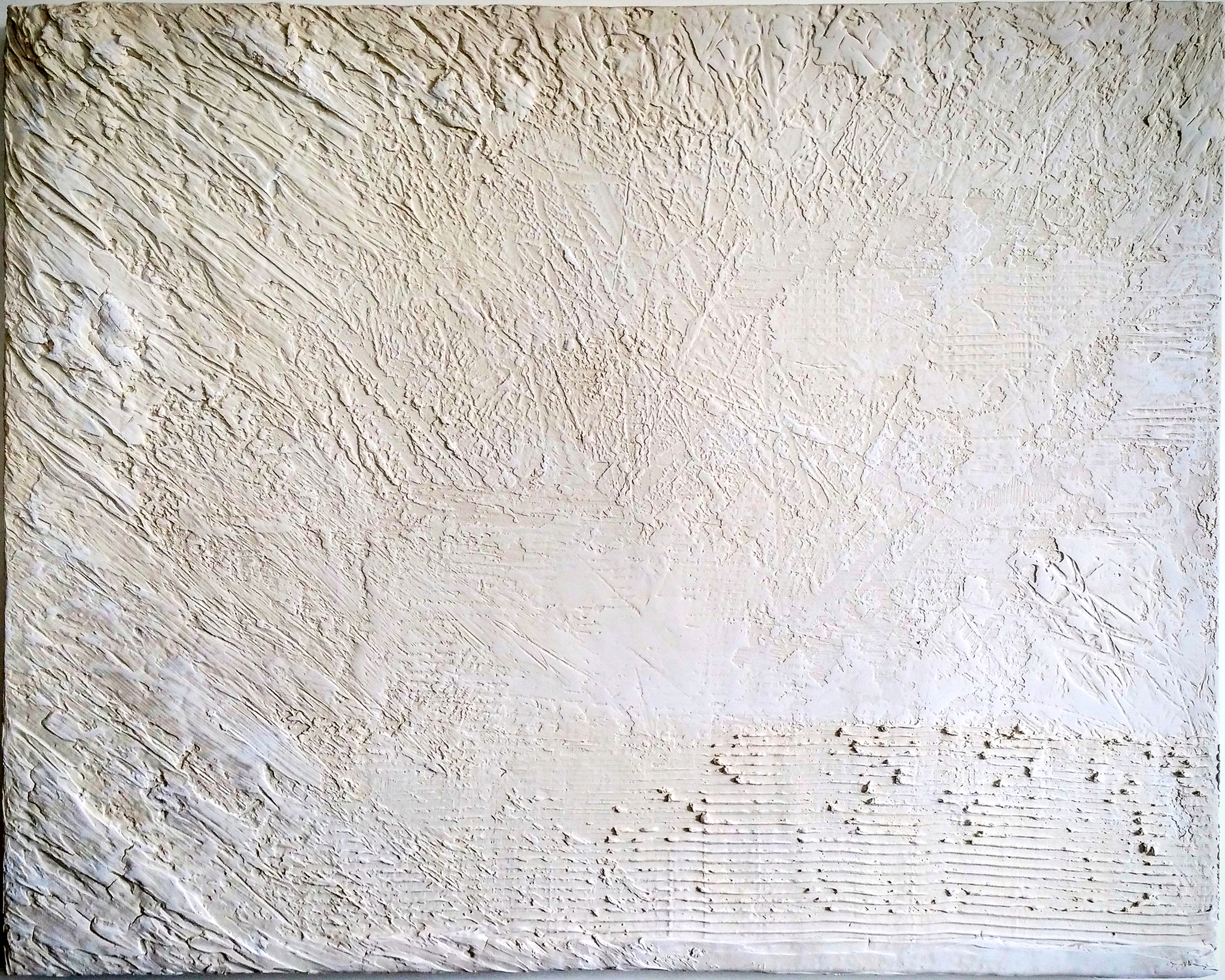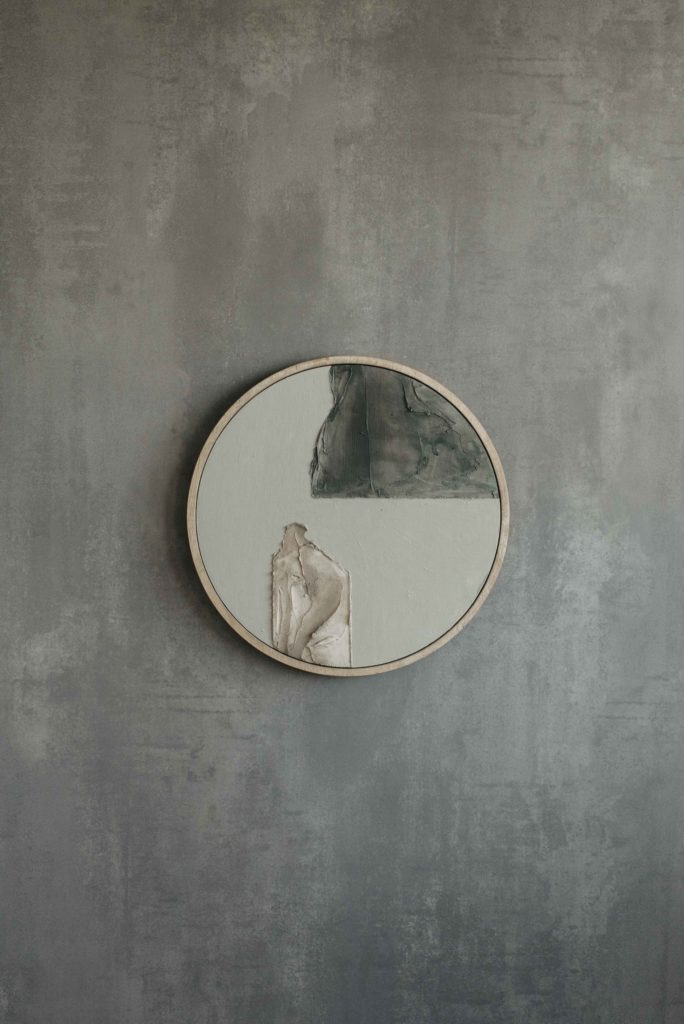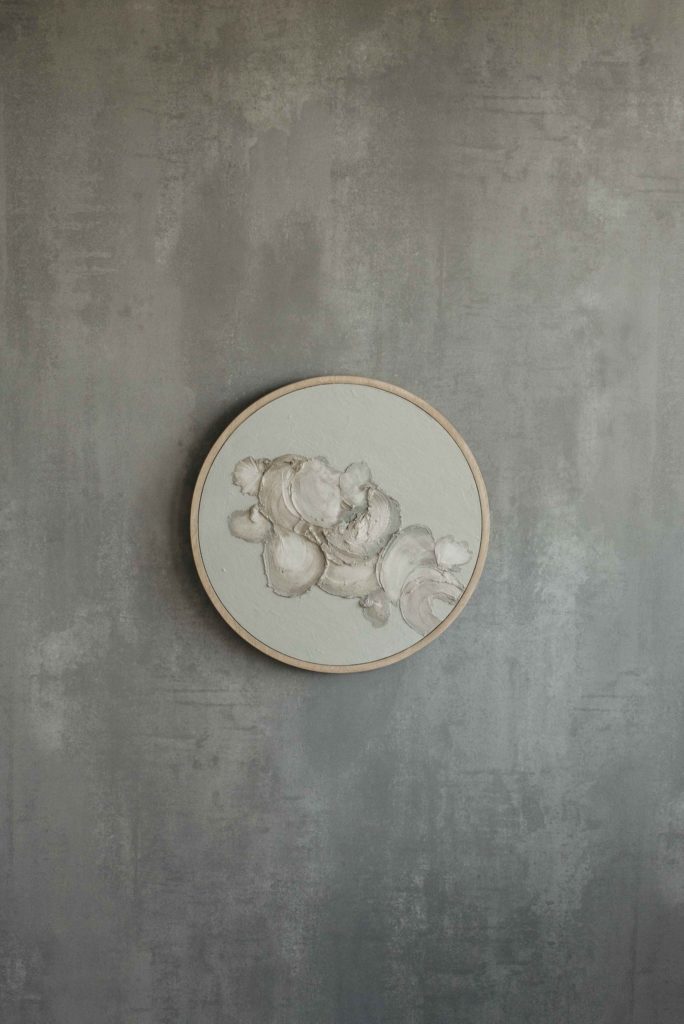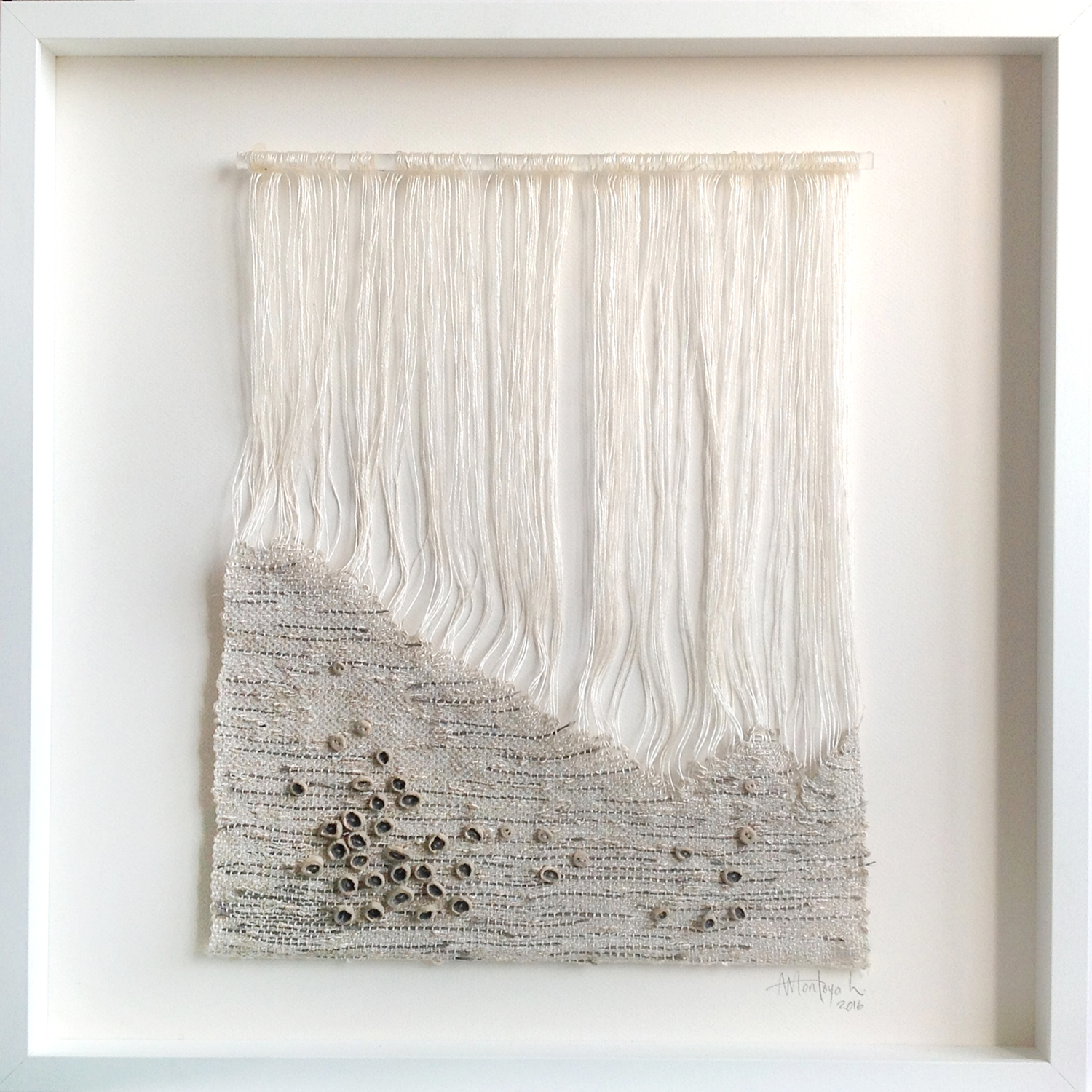Design Focus: Back to Nature
How to Embrace an Eco-Friendly Approach for Any Space—From Hotels to Healthcare
As we spend more time than ever sitting indoors and staring at screens, many people are looking outside for design inspiration. This “return to nature” is in fact a timeless strategy; from the ancient Romans to the Romantics, architects, artists, and designers have embraced the natural world as one of their biggest influences.
And in fact, research shows that there are more than just aesthetic benefits to a nature-based design approach. The concept of “biophilic design” emerged several decades ago and posits that humans evolved to desire and be more satisfied when they have a strong and authentic connection to the natural world. Evidence increasingly shows that nature-based design has the potential to reduce stress. Design strategies such as allowing in natural light or displaying photographs of nature help to foster a space that is both healthful and positive.
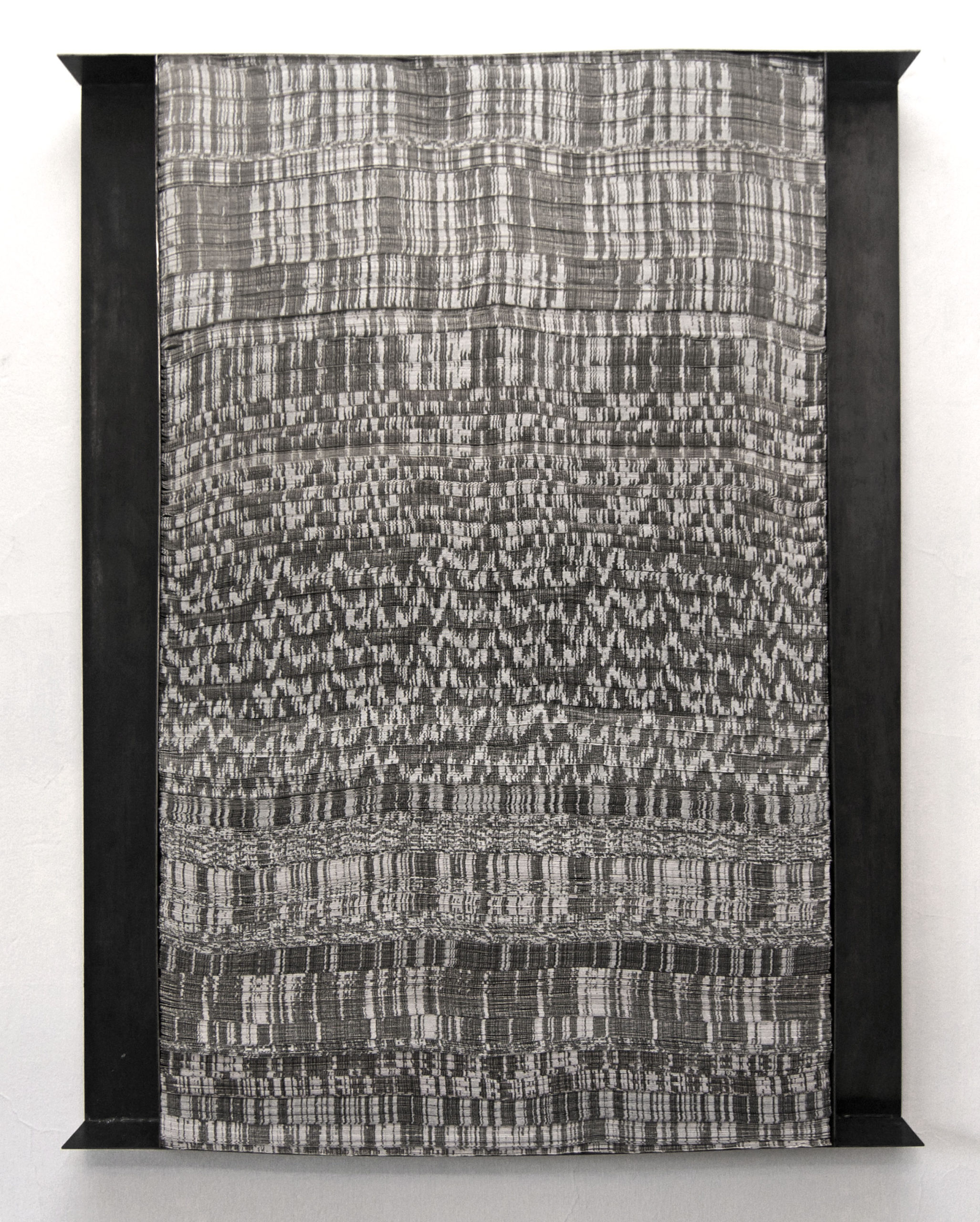
When Saatchi Art Chief Curator & VP of Art Advisory Rebeca Wilson began working with the 1 Hotel Toronto to source art and manage custom commissions for the property’s suites, she knew she would embrace a nature-based strategy in order to reinforce the brand’s unique mission. Billing itself as a “sustainable urban retreat” in the heart of downtown, the 1 Hotel Toronto, designed by Rockwell Group, endeavors to deliver on a luxury hotel experience in which nature inspires everything they do.
To emphasize this through the artwork featured on property, Rebecca curated a collection consisting of all handmade items, and in particular, those that utilize natural woods, stones, and fibers. The earthy palette of the artworks—ranging from cool greys to light nudes and warm neutrals—helps to transform the hotel spaces into serene, calming landscapes where guests can recenter and recharge.
To achieve the careful balance between sustainable design and a luxurious aesthetic, Rebecca consulted closely with artists both represented by Saatchi Art and those outside the gallery to create custom work at the right volume and budget for the hotel’s suites and guest rooms in order to make the 1 Hotel’s creative vision a reality.
1. Embrace organic materials and natural elements
Raw woods, cozy textiles, natural stones, and other organic materials have been design staples for centuries and for good reason. They are not only able to be seamlessly incorporated into virtually every design style—from mid-century modern to farmhouse to traditional—but they also help to foster a warm and welcoming ambiance.
Among the artwork featured at 1 Hotel Toronto is Pavel Brat’s sculpture, Repentance XXVI, which turns soft strips of recycled books into shapes that are mounted on a wooden surface to mimic tree stumps. Rebecca also incorporated Lizzie DiSilvestro’s installation, Marble Stone, which features natural cotton draping that is hand-woven onto foraged driftwood sourced from Michigan’s Lake Superior.
2. Take a sustainable approach
As the world takes on more social responsibility and action when it comes to sustainability and lessening environmental impact, the creative fields have followed suit. Art and design professionals are increasingly considering the environmental, social, and economic impacts of their choices when it comes to decor, textiles, flooring, artwork, and more. In all of these cases, recycled and upcycled materials, naturally-found objects, and biodegradable products are increasingly being used in place of man-made, plastic, and other materials that are hazardous and dangerous to the environment.
Embracing these eco-friendly practices, Rebecca also wanted to ensure that the artworks featured at the 1 Hotel Toronto were as sustainable as possible. To deliver on this promise, she included works such as Sophie Hopkinson’s Superfresco III, a stunning monochromatic piece of wall art made entirely of upcycled materials. The minimalist composition is composed of a steep structure layered with acrylic paint and mounted on steel.
3. Add textures for richness and depth
Texture is an important aspect of nature and a great way to add accents and “visual weight” to an interior that embraces a neutral palette and organic materials. In subdued color schemes, plays on texture can add the right amount of expressiveness and boldness to make a unique statement or draw the eye to a focal point. Elements like textiles, woods, and stones can add a stunning element to any design style—from warm and cozy traditional to cool contemporary.
To harness this strategy, Rebecca recommended Saatchi Art artist Guillerman Rodriguez works that feature naturally-sourced materials and eye-catching texture. In Landscapes of the Soul I, for example, Guillerman utilizes sandy and alabaster hues made from marble powders and natural pigments. The result is a striking artwork with vivid texture, lines, and shapes that adds depth and dimension to the room.
4. Go neutral (it doesn't need to be boring!)
Neutral color palettes are cornerstones in the shift towards a design approach that embraces nature. Instead of artificial and synthetic hues and dyes, artists and designers are growing increasingly fond of more subtle, earthy colors found in the environment.
The 1 Hotel Toronto was keen to incorporate neutrals into its luxurious design aesthetic to enrich the hotel’s calming atmosphere. Every artwork that Rebecca selected to be featured throughout the hotel was specifically hand-picked for its subdued color palette—from cool greys to woody nudes.
As an artist that is inspired by the stories of nature—its colors, shapes, and textures—and how they convey the “rawness of life,” Kiki Nadieh’s work was a natural choice for display in the hotel. Each of her works’ soft tones masterfully reflect the natural world. The artist’s featured works are also made of sustainable materials, including recycled wood and plant-based paint, and are further enriched by a unique texture and the use of biomorphic shapes.
5. Bring the outside in with botanicals
Perhaps the most literal—and evocative—strategy to bring the natural world into an interior is the inclusion of botanicals, which can refer to both plants and plant-inspired features. From tropical wallpapers and plant-motif textiles to artworks taking flora as their primary subject matter, this approach brings a lively and joyful energy to any nature-embracing design project.
Rebecca selected artist Ana Montoya for the 1 Hotel Toronto for the ways her work draws upon botanical inspiration. Inspired by mushrooms she’s stumbled upon in nature, her sculpture Fungi Aereo consists of a cotton-silk weaving, fique (a sturdy plant fiber), and handmade ceramic buttons.

Saatchi Art expertly curated an art program for the 1 Hotel Toronto that successfully delivered on their creative vision to present a sustainable luxury hotel experience while also minimizing their carbon footprint.
Discover a new collection featuring the best new artworks embracing nature-first design. If you’re interested in working with Rebecca, or another member of our Art Advisory team, please contact us —we’d love to hear from you!
